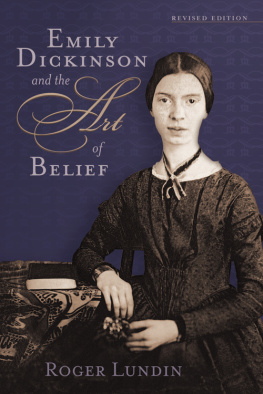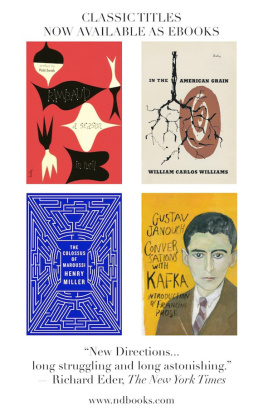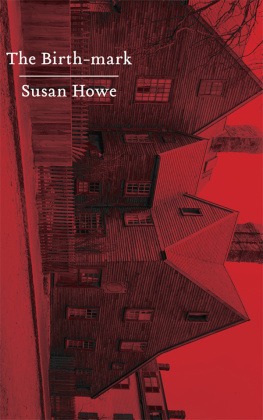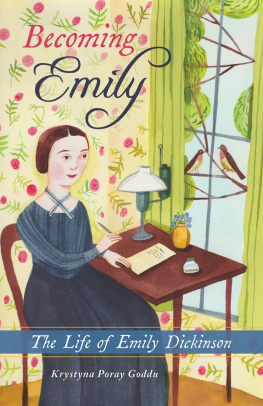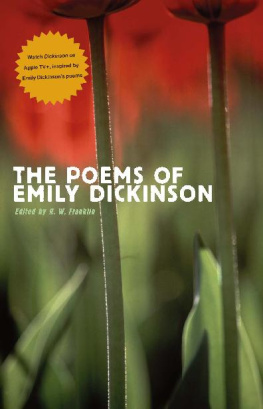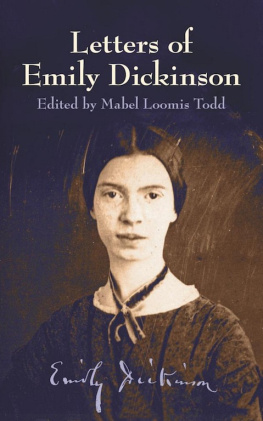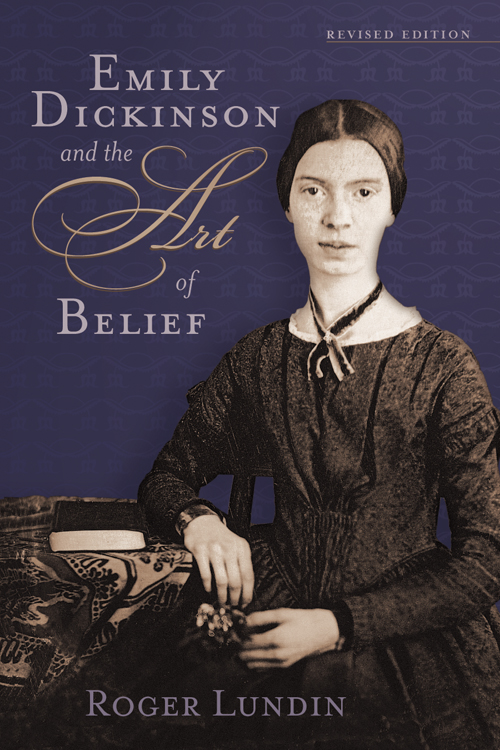
LIBRARY OF RELIGIOUS BIOGRAPHY
Edited by Mark A. Noll, Nathan O. Hatch, and Allen C. Guelzo
The LIBRARY OF RELIGIOUS BIOGRAPHY is a series of original biographies on important religious figures throughout American and British history.
The authors are well-known historians, each a recognized authority in the period of religious history in which his or her subject lived and worked. Grounded in solid research of both published and archival sources, these volumes link the lives of their subjects not always thought of as religious persons to the broader cultural contexts and religious issues that surrounded them. Each volume includes a bibliographical essay and an index to serve the needs of students, teachers, and researchers.
Marked by careful scholarship yet free of footnotes and academic jargon, the books in this series are well-written narratives meant to be read and enjoyed as well as studied.
LIBRARY OF RELIGIOUS BIOGRAPHY
available
Billy Sunday and the Redemption of Urban America
Lyle W. Dorsett
The Divine Dramatist: George Whitefield and the Rise of Modern Evangelicalism
Harry S. Stout
William Ewart Gladstone: Faith and Politics in Victorian Britain
David Bebbington
Aimee Semple McPherson: Everybodys Sister
Edith L. Blumhofer
Sworn on the Altar of God: A Religious Biography of Thomas Jefferson
Edwin S. Gaustad
Charles G. Finney and the Spirit of American Evangelicalism
Charles E. Hambrick-Stowe
Blaise Pascal: Reasons of the Heart
Marvin R. OConnell
Emily Dickinson and the Art of Belief
Roger Lundin
Thomas Merton and the Monastic Vision
Lawrence S. Cunningham
The Puritan as Yankee: A Life of Horace Bushnell
Robert Bruce Mullin
Occupy Until I Come: A. T. Pierson and the Evangelization of the World
Dana L. Robert
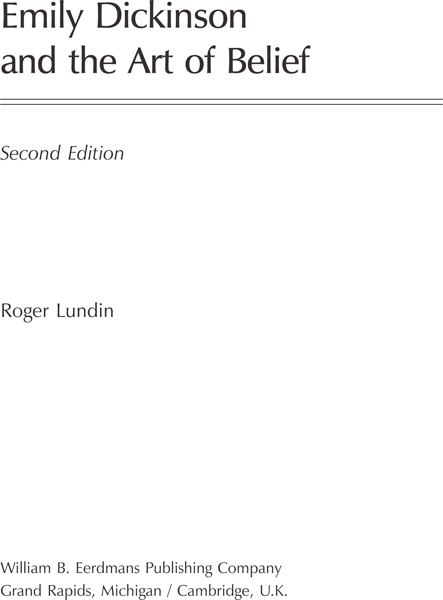
1998, 2004 Wm. B. Eerdmans Publishing Co.
First edition 1998
Second edition 2004
All rights reserved
Wm. B. Eerdmans Publishing Co.
255 Jefferson Ave. S.E., Grand Rapids, Michigan 49503 /
P.O. Box 163, Cambridge CB3 9PU U.K.
Library of Congress Cataloging-in-Publication Data
Lundin, Roger.
Emily Dickinson and the art of belief / Roger Lundin.
p. cm. (Library of religious biography)
Includes .
ISBN 0-8028-2127-8 (pbk.: alk. paper); 9781467422222 (ePub); 9781467405171 (Kindle)
1. Dickinson, Emily, 18301886 Religion.
2. Women and literature New England History 19th Century.
3. Christian poetry, American History and criticism.
4. Women poets, American 19th century Biography.
5. Belief and doubt in literature. I. Title. II. Series.
PS1541.Z5L86 2004
811.4 dc21 97-53055
CIP
www.eerdmans.com
To Matthew, Kirsten, and Thomas
Contents
O ne of the tragedies of modern life is the division of intellectual labor into disciplines. Tragedy, though, is probably not the right word, for, while this situation is self-inflicted and filled with irony, it allows neither expiation for practitioners nor catharsis for readers. Rather, the rendering of thought and writing into discrete fields of study appears to be welcomed since it affords multiplied opportunities for cognoscenti to exclude uninitiated outsiders, aspiring authorities to set up fiefdoms, and the programs of annual learned societies to parade the latest fashionable clichs. The greatest loss occasioned by acquiescing to rigid disciplinary boundaries is the distortion of reality. In fact, poets pray, biophysicists take their kids to the movies, novelists cash their checks, financiers bake bread, missionaries propagate the species as well as the gospel, jocks read books. No single vocabulary, no single set of intellectual insights, can encompass the breadth and depth of lived existence. When academic discourses deny or underestimate the wholeness of life, they cheat their adepts. And they cheat the rest of us, for readers need all the help we can get, and from every resource imaginable, if we expect to have even a chance to understand even a portion of the world that whirls about us.
Thankfully, there are many exceptions to the short-sightedness of disciplinary despotism. Thankfully, many authors do exist who write out of broad learning and who do not consider it beneath themselves to be understood by a general audience. Thankfully, many books are still being published whose authors, however accomplished they may be in the latest and most technical questions of their disciplines, are able to bring that learning to bear on questions that transcend the narrow concerns of any one guild of scholars.
A surprisingly large number of such books that reach out beyond the boundaries of particular disciplines are biographies. Almost always, the subjects of biographies are written up because they have achieved distinction in a particular field Feynman in physics, Ruth in baseball, Lippman in public discourse, Madame Curie in radioisotopes. To be sure, distinguished biographies provide authoritative translations for the laity of the particulars that made the subject renowned. Yet they also go much beyond to show how their subjects life course illuminates the subjects work. Usually they also relate the achievements of the person in his or her own sphere to parallel events, influences, trends, movements, and achievements connected to the subjects times and places. The best biographies, in other words, combine learning in particulars with a concern for the general, and do so while also slaking our inexhaustible curiosity about the personal.
The life of Emily Dickinson, the reclusive poet of Amherst, Massachusetts, might seem less likely than other noteworthy subjects for a well-rounded biography. The woman, who was never comfortable in society and who spent the last half of her life within the confines of one relatively secluded house, does not at first appear to be a subject worth connecting to other things occurring throughout the American nineteenth century in which she lived. Moreover, her poetry is remarkable for its ability to translate with lightening metaphorical leaps the barest of particular observations into the loftiest and most abstract generalizations about The Human Condition. Concreteness abounds in her poems the fall of snow, the flutter of a birds wing, a bridge spanning chasms. But those concrete images seem more devoted to Grand Conclusions than to a particular life.
The singular achievement of Roger Lundins biography is to show how profoundly connected Emily Dickinson actually was to so many of the grand developments of her century. Through his own remarkable range of interests as literary theorist, intellectual historian, and cultural critic, Lundin offers persuasive readings of her poems, but also opens them up as striking evocations of her age.
And what an age it was. Emily Dickinson witnessed firsthand the transformation of a rural New England village into a cog in a new world of international commerce and its stoutly Congregational college into a cosmopolitan institution participating fully in the great changes that transformed American higher education during the last half of the century. Through her family she experienced the newfound possibilities and perils of professionalization. Through a wider network of friends and correspondents she experienced the Civil War. Most importantly, she was a fully informed participant in the revolution of sensibility that overtook American letters during her lifetime. When she was born, the novels of James Fenimore Cooper, with their pioneering patriotism, and the poetry of Henry Wadsworth Longfellow, with its optimistic pieties, spoke for an intellectual landscape still ruled by a benevolent Deity. By the time of her death, the urban realism of Theodore Dreiser and the sublime egotism of Walt Whitman were pushing aside earlier literary conventions, and the argument from design lay shattered on the altar of Darwinian evolution.

